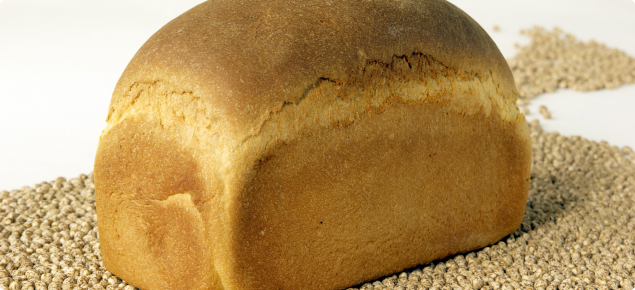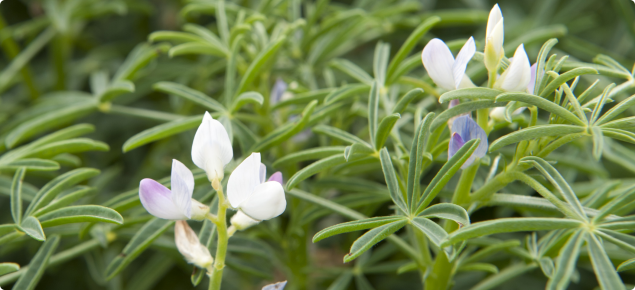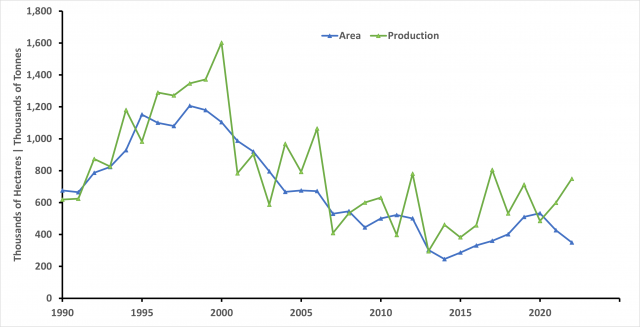Production
Lupin production expanded rapidly in Western Australia through the 1980s and 1990s before weed issues and low prices resulted in many growers opting for a canola (or fallow in low rainfall areas) rather than lupins in rotation within cereal systems. As a result, production fell from a high of 1.5 million tonnes in 1999 to a low of just over 200,000 tonnes in 2006.
The release of PBA Barlock Australian sweet lupin in 2013, with resistance to anthracnose and tolerance of the herbicide metribuzin, is seen as a positive step forward for the WA lupin industry. It is hoped that the new variety, coupled with the continued promotion of lupins as a human health product, will lift lupin production across southern Australia where a legume rotation is very much needed.
Markets
Lupins have a unique combination of high protein, high fibre, low oil and virtually no starch.
The majority of lupin production is used by stockfeed manufacturers for animal feed, with ruminants (cows and sheep) the largest market followed by pigs and poultry. There is small but increasing use of lupins in aquaculture.
While less than 4% of global production is consumed as human food it is estimated that about 500,000 tonnes of food containing lupin ingredients is consumed each year in the European Union — mainly through the inclusion of low rates of lupin flour in wheat-based bakery products.
About 40% of lupin production in WA is retained on-farm as stockfeed and seed or is traded on the domestic market to supply the sheep, dairy, pigs and poultry industries.
Lupins generally compete against soybeans in export markets and are typically valued at 70–75% of the price of soybean meal. WA is effectively the sole exporter of lupins into the large international market for vegetable-based proteins for the livestock industries. WA accounts for the majority of Australian lupin production and exports.
The Republic of South Korea is a major buyer of WA lupins and has a large capacity dehulling plant, with the hulls used in animal feed and the kernels in pig feed rations. Other markets include the Netherlands, Vietnam and Belgium. Most markets use lupins for animal feed, although small human food markets are developing.
Health benefits
Research has shown that consuming foods enriched with Australian sweet lupin can provide a feeling of ‘fullness’ and result in people eating less and consuming fewer kilojoules. Other possible health benefits of eating lupins include a more balanced blood glucose level, a lowering of cholesterol and improved bowel health.
While the closing of Lupin Food Australia's processing plant in 2016 reduced the capacity of lupin processing in WA, there are other companies also processing lupins for food or feed, such as Irwin Valley, Coorow Seeds, the Lupin Co and Kalgrains. Increased processing capacity will enhance the potential for lupins to be used in the large Indonesian tempe market (in place of soybeans) and other food products that could help lift the price of lupins and stimulate increased production of this grain legume across southern Australia.




